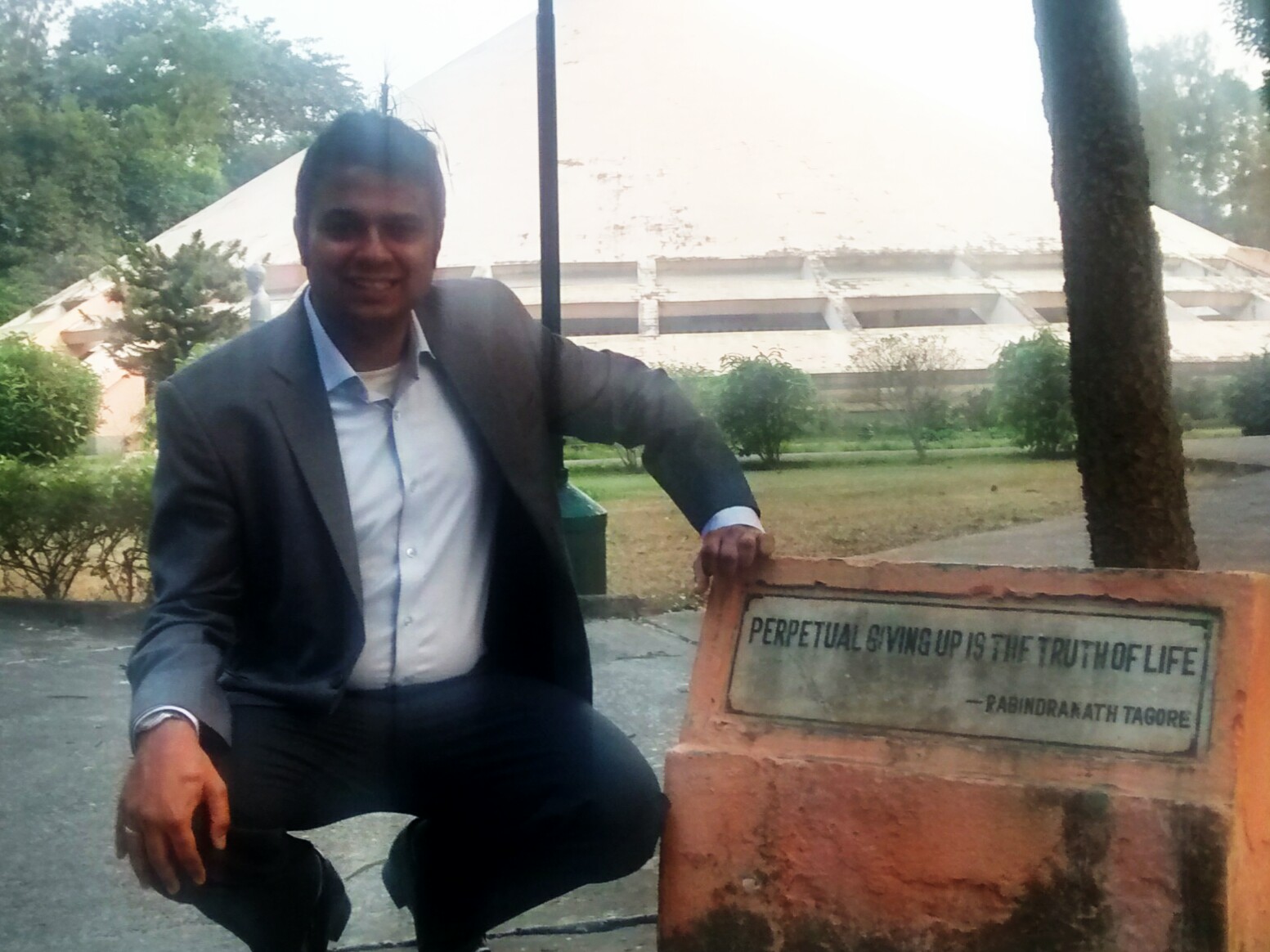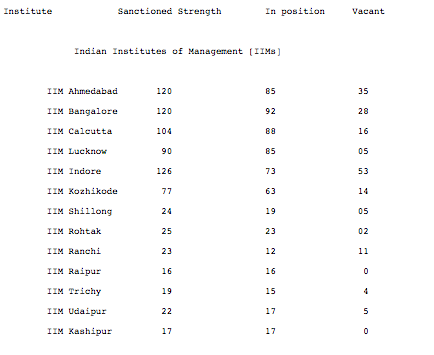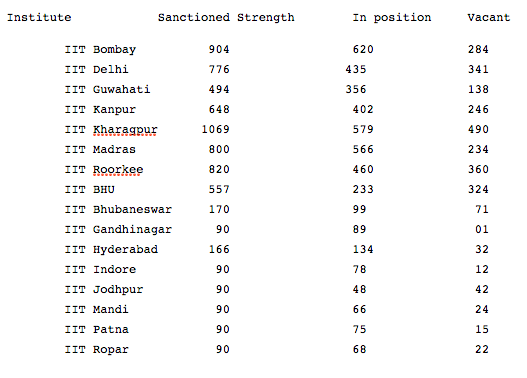This was an idea that sort of got ingrained in my head at the turn of the millennium – around the time I was transitioning from school to undergrad. That you would be a topper if and only if you led an otherwise diligent and disciplined life.
For starters you needed to be a nice person (among the things this entailed for a potential topper was to liberally share notes and clarify people’s doubts when called upon). You weren’t allowed to have any character flaws. You weren’t supposed to get distracted with things like hitting on someone or being in a romantic relationship. You would talk to, and be polite with, people of the opposite sex, but “nothing more than necessary”. “Bad habits” like smoking and drinking were out of the question.
These were just the necessary conditions. On top of this, of course, you had to work with single-minded devotion towards becoming the topper. You needed to be diligent, be rigorous with all your assignments, study more than anyone else and all that.
I don’t know how this view of the “puritan topper” got formed in my head. Maybe it was pattern recognition based on the profile of people who used to top in my schools (this was after I had all but given up on doing well academically, apart from entrance exams), especially in undergrad.
I’m also wondering if this image of the puritan topper had something to do with my own giving up – while I might have had the enthu to work hard at academics and do well, this sort of a puritan lifestyle that I had come to associate with toppers (I didn’t smoke or drink, but being nice to everyone all the time was well beyond me) seemed rather daunting.
In any case, this image of the puritan topper didn’t last long. At IIMB, for example, there was this guy who lived a few doors away from me who spent most of his time drinking and hardly any time studying, but aced all exams. Another guy quickly found himself a girlfriend, but continued to top. Suddenly, I found that “normal people” could be toppers as well, and that my view of the puritan topper had been formed mainly on a small number of data points and didn’t hold.
Yet, the number of years that this puritan topper image stayed in my head means that it’s one that has been hard to shake off. A couple of years back, for example, the all india topper in the IIT-JEE, while talking to the press, expressed tribute to his girlfriend for her support. While it’s normal for a class 12 person to have a girlfriend, this comment sort of threw me off – it didn’t fit my mental image of the puritan topper.
Sometimes it is possible to form an irrational belief based on a small number of data points, and irrespective of the number of data points you see to the contrary, it becomes hard to let go of these beliefs. And that makes you more irrational. But I guess, there’s no logic to a lot of these beliefs. Maybe as Rory Sutherland puts it, it’s all “psycho-logic”.




